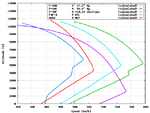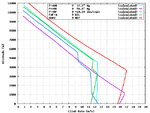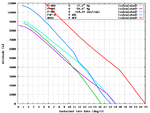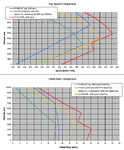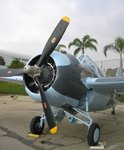Hi Amsel,
>Here is the text of a despatch from Admiral Nimitz to
Admiral King sent on 20 June 1942:
Wow, that makes Thach's statement look like a rather cautious comment in comparison! Thanks a lot!
Nimitz demanding Army aircraft ... that probably didn't make him popular in the Navy
Apparently, the Navy's victory at Midway did not leave Nimitz with a false sense of satisfaction with his main fleet fighter ...
Regards,
Henning (HoHun)
>Here is the text of a despatch from Admiral Nimitz to
Admiral King sent on 20 June 1942:
Wow, that makes Thach's statement look like a rather cautious comment in comparison! Thanks a lot!
Nimitz demanding Army aircraft ... that probably didn't make him popular in the Navy
Apparently, the Navy's victory at Midway did not leave Nimitz with a false sense of satisfaction with his main fleet fighter ...
Regards,
Henning (HoHun)

